Religion: Midrash and Aggadah
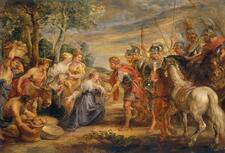
Abigail: Midrash and Aggadah
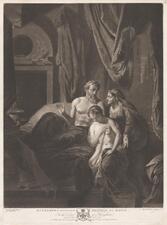
Abishag: Midrash and Aggadah
Abishag’s story in the Bible shows her strength and independence, as she insists David marry her and rebukes his answer when he refuses. Some midrashim use her story to show David’s tenacity in his old age, but Abishag is not explicitly interpreted as wicked or deceitful.
Abortion: Halakhic Perspectives
While halakhic discussions about abortion largely excluded the arguments and perspectives of women, in general poskim (decisors) determined that a woman’s life takes priority over the life of the fetus. Halakhic perspectives have explored the point at which the fetus is considered a human and taken the mother’s physical and psychological health into account in determining her right to abort.
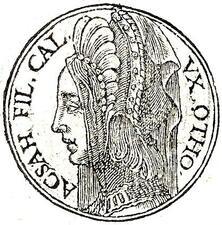
Achsah: Midrash and Aggadah
The daughter of Caleb, Achsah is depicted in rabbinic tradition as both beautiful and practical.
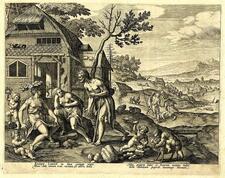
Adah 1: Midrash and Aggadah
Adah was one of Lamech’s wives whose legacy was observable not only in her own children but also in her influence on her fellow Israelites.
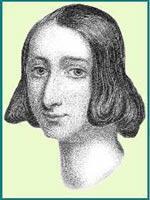
Grace Aguilar
Art: Representation of Biblical Women
For centuries, art has portrayed biblical women in ways that reflect society’s attitudes towards women and their role. Depictions of female biblical figures fluctuate according to historical and social perceptions. Jewish art often features heroic and worthy women who, through their courageous deeds, helped to triumph over Israel’s enemies.
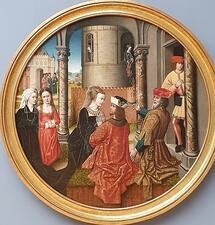
Asenath: Midrash and Aggadah
Asenath is mentioned in the Torah as “the daughter of Poti-phera,” an Egyptian priest. Whether she actually descended from the Egyptians or Israelites is a contested matter in the Rabbinic tradition.
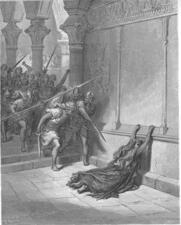
Athaliah: Midrash and Aggadah
Athaliah was one of the few women to rule Israel, which she did for six years. She was very powerful and is described as evil, as she radically changed traditional practices and executed almost all of the members of the Davidic lineage.

Barren Women in the Bible
The Hebrew Bible tells six stories of barren women: three of the four matriarchs (Sarah, Rebekah, and Rachel); the unnamed wife of Manoah/mother of Samson; Hannah, the mother of the prophet Samuel; and the Shunnamite woman, an acolyte of the prophet Elisha. Each woman suffers a period of infertility, in some cases exacerbated by the presence of a fertile, though less beloved, rival wife. Eventually, God intervenes and the woman conceives, but the beloved son is then dedicated back to God, either in service or in sacrifice.
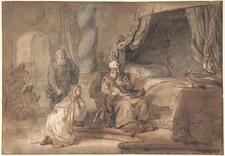
Bathsheba: Midrash and Aggadah
As in the Bible, Bathsheba plays a secondary role in the midrashim about her husband, King David, and her son, King Solomon. The rabbis view her as a righteous, guiltless woman, both during David’s life and as an advisor to Solomon.
Rayna Batya Berlin
Rayna Batya Berlin was a Lithuanian woman committed to religious study who argued that women should be able to study the Torah and the Talmud. The only source of her life was written by her nephew, who describes her frustration with her subjugated status in her community and how she generally suffered in silence.
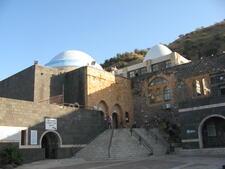
Beruryah
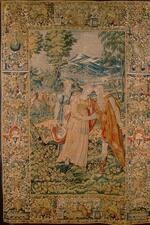
Bilhah: Midrash and Aggadah
Bilhah was the maidservant of Rachel and mother of Dan and Naphtali. The rabbis fill in details about her life, her relationship with Jacob, and the confusing incident between Bilhah and Reuben, Jacob’s eldest son.
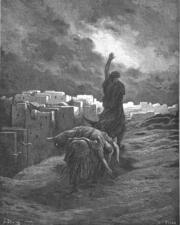
Concubine of a Levite: Midrash and Aggadah
The story of the concubine at Gibeah, who is murdered when her husband sends her out to a crowd of Benjamites, is one of the most shocking narratives in the Bible. The rabbis do not blame the unnamed woman for her fate and the ensuing crisis, instead placing the blame at the feet of the Levite and the leaders of Israel.
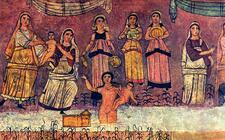
Daughter of Pharaoh: Midrash and Aggadah
The rabbis depict the daughter of Pharaoh, who rescued the baby Moses, as a righteous figure who did not follow her father’s wicked ways but rather converted and ceased worshiping idols. She was highly praised by the Rabbis, and the midrash includes her among the devout women converts and those who entered the Garden of Eden while still alive.
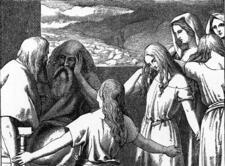
Daughters of Zelophehad: Midrash and Aggadah
The midrash rains many praises on the daughters of Zelophehad, describing them all as equally wise and virtuous, as well as exegetes. The midrash also says that they are mentioned by the Patriarchs and are so righteous that they are blessed with children despite their old age.
Deborah 1: Midrash and Aggadah
Rebekah’s nurse Deborah died when Jacob was on his way to the Land of Canaan, close to Bethel, where she was buried under a tree. The rabbis describe her as having a close relationship to Jacob.

Deborah 2: Midrash and Aggadah
Deborah, one of the most extraordinary women in the Bible, is presented as an extremely righteous and praiseworthy woman in rabbinic literature. Though some traditions criticize her pride, perhaps wary of how she transgressed gender norms, most of the rabbinic texts about Deborah are filled with praise.
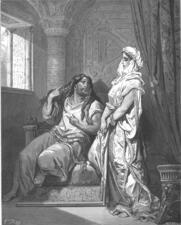
Delilah: Midrash and Aggadah
The midrashim on Delilah attest to the negative attitude of the Rabbis toward non-Jewish women. The Rabbis accentuated the negative aspects of the relations between Samson and Delilah in order to demonstrate the havoc that a foreign woman could wreak.
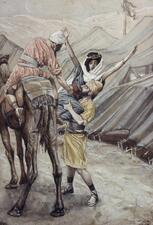
Dinah: Midrash and Aggadah
Dinah was the only daughter of Jacob and Leah, and the Rabbis present her as possessing many positive qualities, as was fitting for the daughter of the progenitors of the Israelite nation. The rabbis also offer many different explanations for the rape of Dinah, trying to understand the troubling story.
Divorce: The Halakhic Perspective
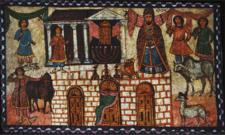
Elisheba, daughter of Amminadab: Midrash and Aggadah
Elisheba is mentioned only a single time in the Torah she-bi-khetav: Lit. "the written Torah." The Bible; the Pentateuch; Tanakh (the Pentateuch, Prophets and Hagiographia)Torah (Ex. 6:23), as the daughter of Amminadab, the sister of Nahshon and the wife of Aaron the High Priest. The Rabbis speak at large concerning her. They note her importance, since her life was bound up with the most distinguished families in Israel: her husband was appointed High Priest, her children were deputy high priests, her brother was nasi (chieftain) of the tribe of Judah and her brother-in-law Moses led the Israelites. The A type of non-halakhic literary activitiy of the Rabbis for interpreting non-legal material according to special principles of interpretation (hermeneutical rules).midrash accordingly applies to Elisheba the verse “And may your house be like the house of Perez whom Tamar bore to Judah” (Ruth 4:12), which was meant to signify that Elisheba, too, was descended from the royal line since she was from the tribe of Judah (Ruth Zuta 4:12). Commenting on Jacob’s blessing to Judah, “You, O Judah, your brothers shall praise” (Gen. 49:8), the Rabbis list Elisheba daughter of Amminadab among the important people and officials that were born to this tribe and call her “the mother of the priesthood” (Gen. Rabbah 97:8).
Esau, Wives of: Midrash and Aggadah
Esau’s three wives are given more context and background by the rabbis than in the Torah. Esau’s first two wives, Adah and Judith, are described as adulterous and idolatrous, while his third wife, Mahalat, is interpreted as either Esau’s repentance or his fall further into evil.
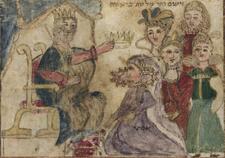
Esther: Midrash and Aggadah
Queen Esther, the central character in the Biblical book named after her, is extensively and sympathetically portrayed in the Rabbinic sources. In their commentary on the Book of Esther, the Rabbis expand upon and add details to the Biblical narrative, relating to her lineage and history and to her relations with the other characters: Ahasuerus, Mordecai, and Haman.


